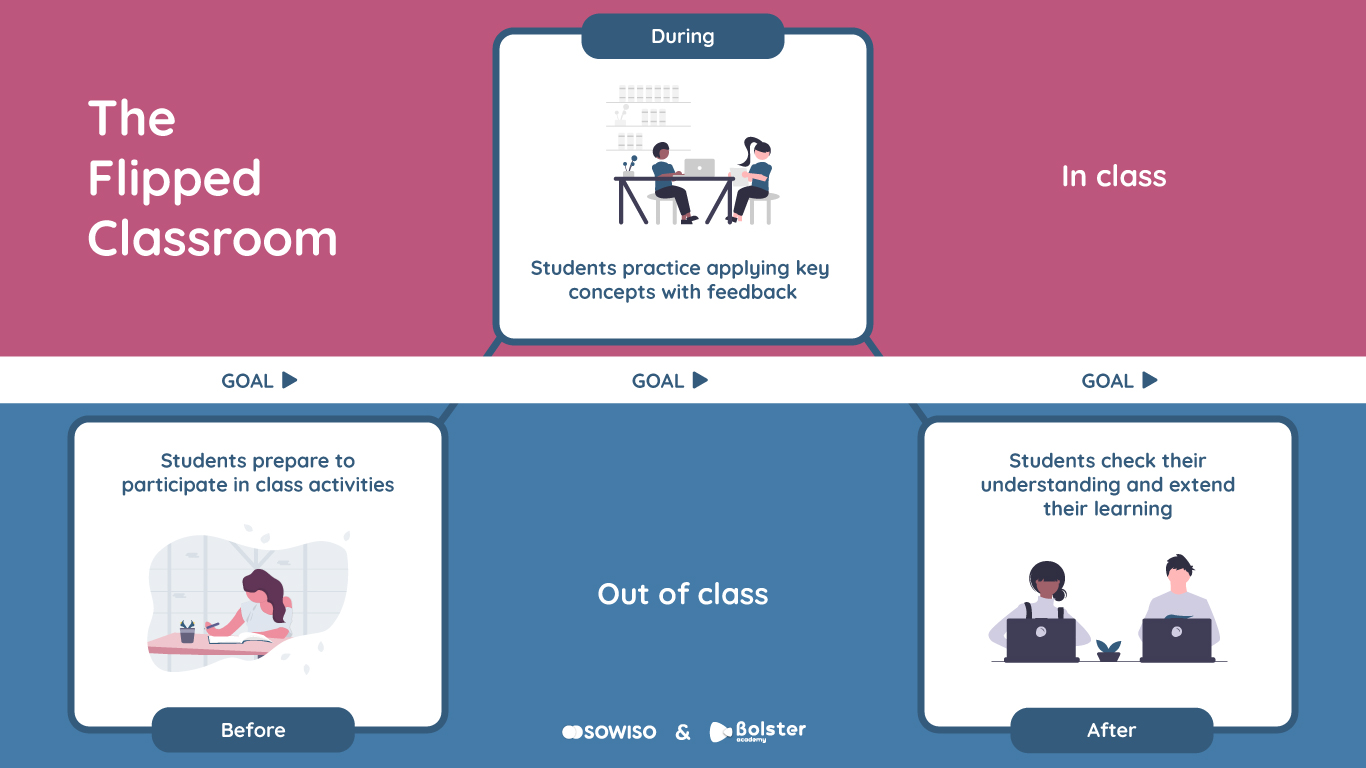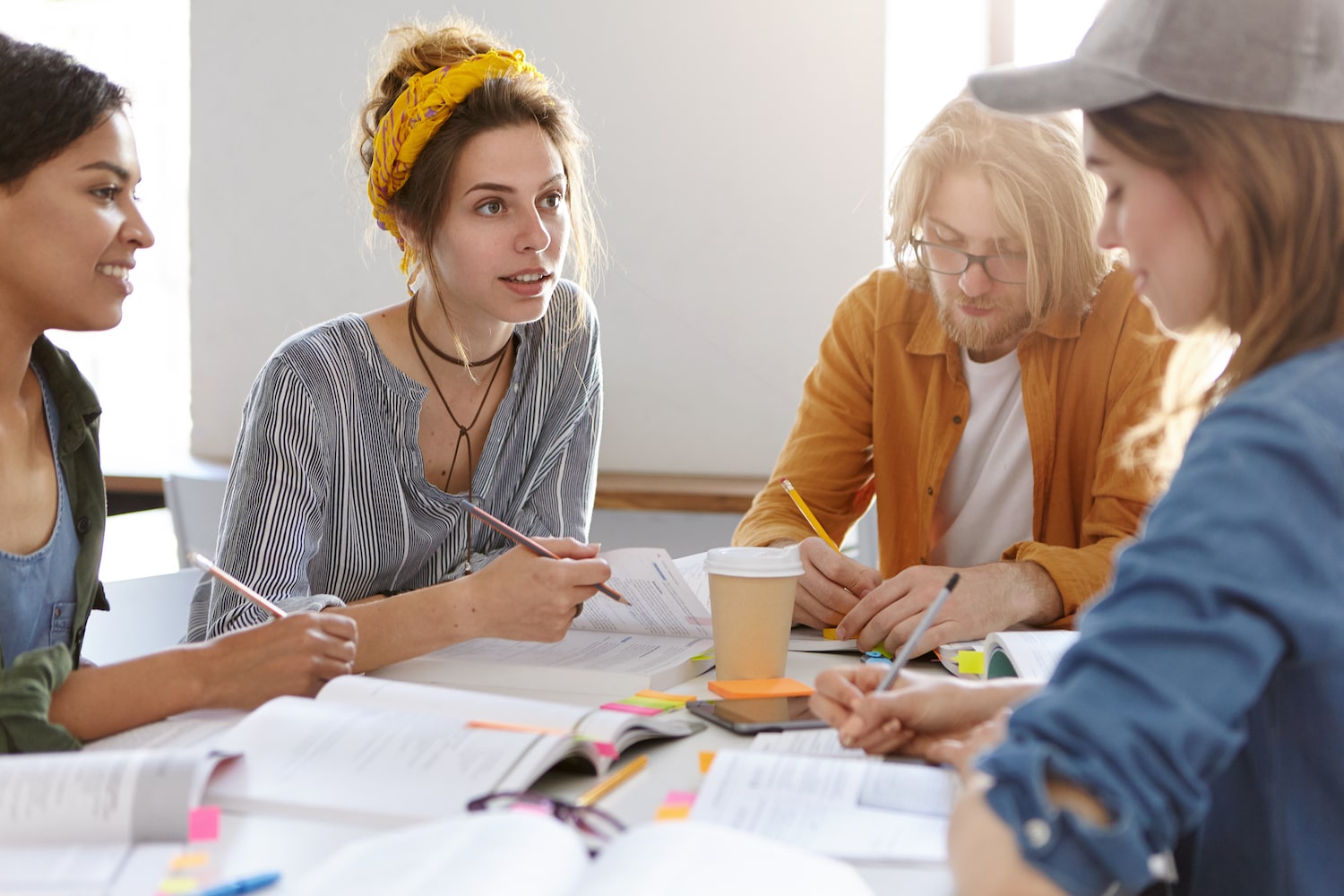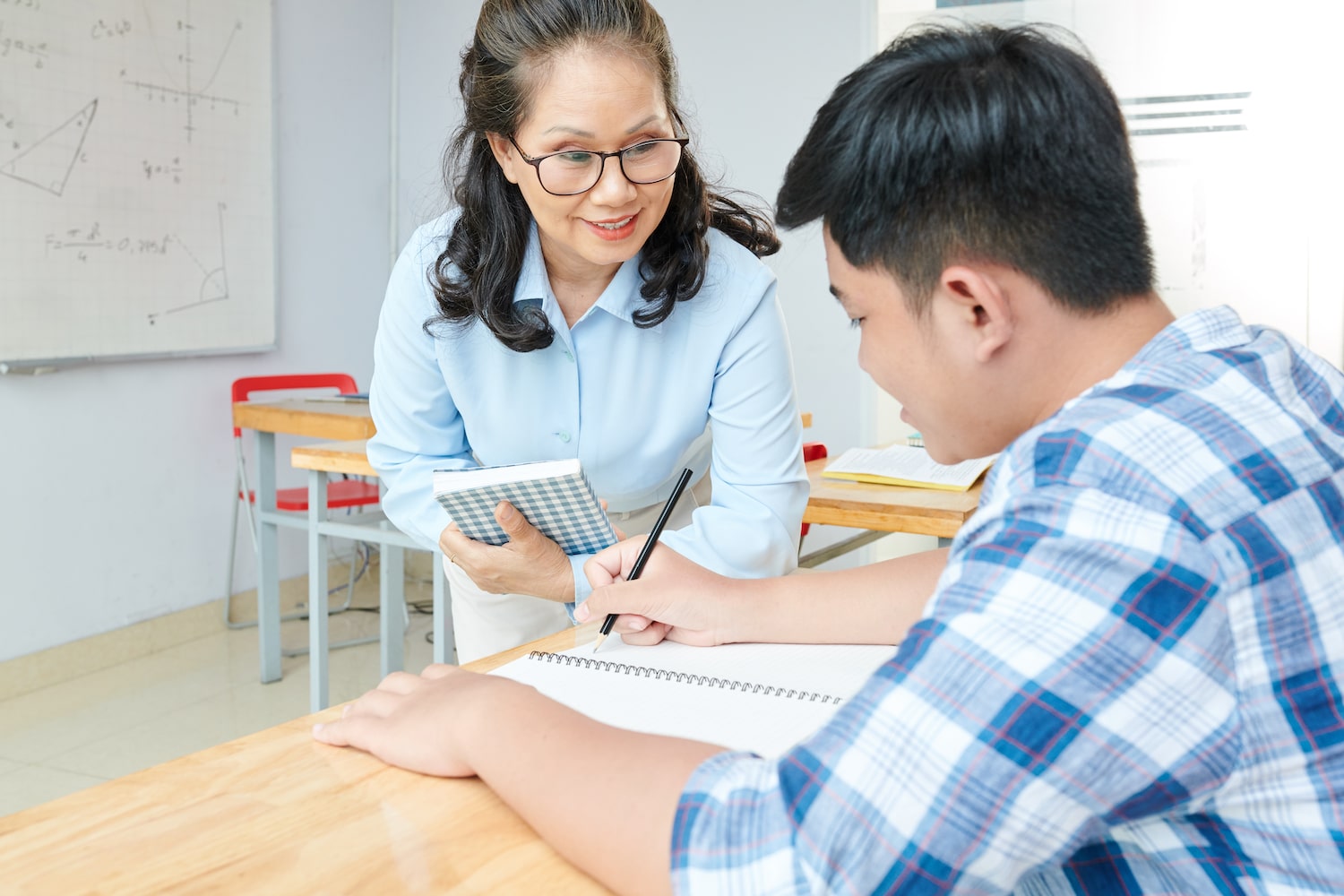Before going into the what and how of Flipped Math Classrooms, it’s important to first understand the why behind it. And to understand this, we need to go back in time, as far back as the early 80s and dive into the research of a certain Benjamin Bloom, a renowned educational psychologist.
Bloom was working on finding an alternative to the traditional classroom model of one-to-many lecturing; he felt that there should be a more efficient way to instruct a group of students and help them perform better. Bloom published his findings in 984 in the Educational Researcher Journal, where he compared three different types of student instruction and their effectiveness when it came to student performance.

Bloom's 2 Sigma Problem
The three instructional methods he compared were ‘conventional’, ‘mastery learning’ and ‘tutoring’.
These three different cohorts of instructional methods were allowed to run for a 3-week period. After this 3 week period, the student performances of the three groups were compared.
“Most striking were the differences in the final achievement measures under the three conditions. Using the standard deviation (sigma) of the control (conventional) class, it was typically found that the average student under tutoring was about two standard deviations above the average of the control class (the average tutored student was above 98& of the students in the control class). The average student under mastery learning was about one standard deviation above the average of the control class (the average mastery learning student was about 84% of the students in the control class).” (Bloom, 1984)
And therein lies the problem. On one hand, Bloom had just soundly established that one-to-one tutoring and mastery learning were much more effective when it came to student achievement. On the other hand, for a lot of schools in the early 80s and for a lot of schools even today, arranging their instruction procedures to suit mastery learning or one-to-one tutoring is simply a pipe dream due to a lack of time and resources. And Bloom is also very much aware of this and says the following to his readers:
“This is the 2-sigma problem. Can researchers and teachers devise teaching-learning conditions that will enable the majority of students under group instruction to attain levels of achievement that can at present be reached only under good tutoring conditions?” (Bloom, 1984)
Fast forward back to the present, and Flipped Classrooms might very well be the solution that Bloom was looking for. Flipped Classrooms is an instructional methodology that aims at increasing student engagement and performance by adopting a more learner centric approach.

Students are asked to prepare ahead of class (contact-hours) by already doing some self-study on the topic that will be the focus during the class. By having a topic be introduced and familiarized to the students outside of class hours, teachers then have time during the actual class to give more personalized attention to each of their students as they start applying the topics they learned about before class (in the case of math, this would be doing exercises).
This can be either done by splitting the class into the groups and having the teacher make rounds or even having the teacher have a 5 minute chat (to give feedback) with each student during the class. And after the class, students can be assigned formative tests to further check their understanding on the topics covered for that respective week.
Something else worth mentioning here is that a flipped classroom setting can also enable students to work at a more flexible pace. Since there is no whole group instruction happening during the actual class time, students are free to move a little bit quicker or slower on any specific topic. All the while, using the class time as an opportunity to get some one-on-one feedback and mentoring from their teacher regarding their respective progress.
Now that the why and what is out of the way, let’s get to the actual how. As useful as flipped classrooms may be, as a teacher, at first, it might seem like a bit more work than the conventional instructional method. But with a little bit of planning, it can very quickly become as easy as anything else.
As you know by now, in a flipped math classroom, the in-class time is no longer used for introducing or explaining a new topic or concept.

The content that you would usually deliver to your students during an in-class lecture, needs to be now made available for students to access outside of in-class hours. You could do this in a couple of ways.
Now class time is no longer taken up by content delivery, as a teacher, you now have the opportunity to get creative and think of

different ways through which you could help extend the knowledge your students have built up during their self-study outside of the classroom. Here are some suggestions:
Make sure you plan for regular formative assessments that check the progress that your students are making on the topics covered. And if you want to embed mastery learning into your lessons, then also make sure your students have multiple attempts at testing their knowledge on a specific topic. In other words, since flipped learning is mostly self paced, after a bad performance on a formative test, students can still spend more time on the same topic, do another formative test, before moving on to a new topic.

Another thing that is very important to keep in mind when implementing a flipped math classroom, is to plan out and schedule individual check-ins with all of your students. Since in-class time is no longer used for whole group instruction, you should also make sure to carve out time on a weekly or bi-weekly basis to check in on each of your students and provide them with some personalized feedback and guidance.
It is also important for you in general to always have an overview of how the whole class is progressing.
Last but not least, it’s also important to spend at least one in-class session explaining to your students about the flipped math classroom you want to implement. Make it clear to them what their responsibilities are within this new framework and what is expected of them i.e. what is to be done outside of class and what is to be done within class hours.
And that’s pretty much it for a very quick overview of one of the ways you could start implementing flipped math classrooms with your students!

Over the last 10 years, we have been helping teachers and professors in secondary and higher education implement flipped math classrooms by providing them with the technology needed to run it as smoothly as possible.
We do this by providing these educators with a customisable digital mathematics tool for homework and assessment that their students can use for their out-of-class self study as well as for their mastery learned based formative assessments. To learn more about how we do it, feel free to drop us a line or check out our homepage.